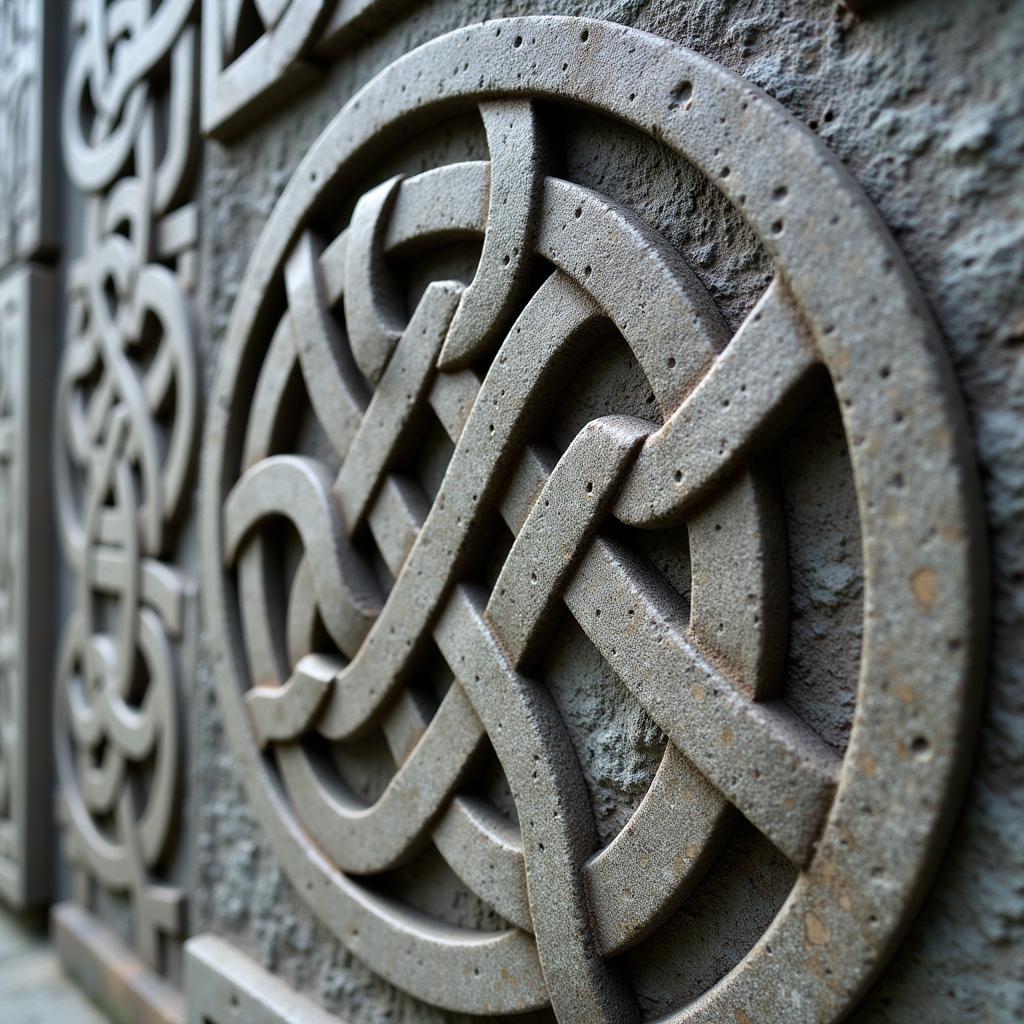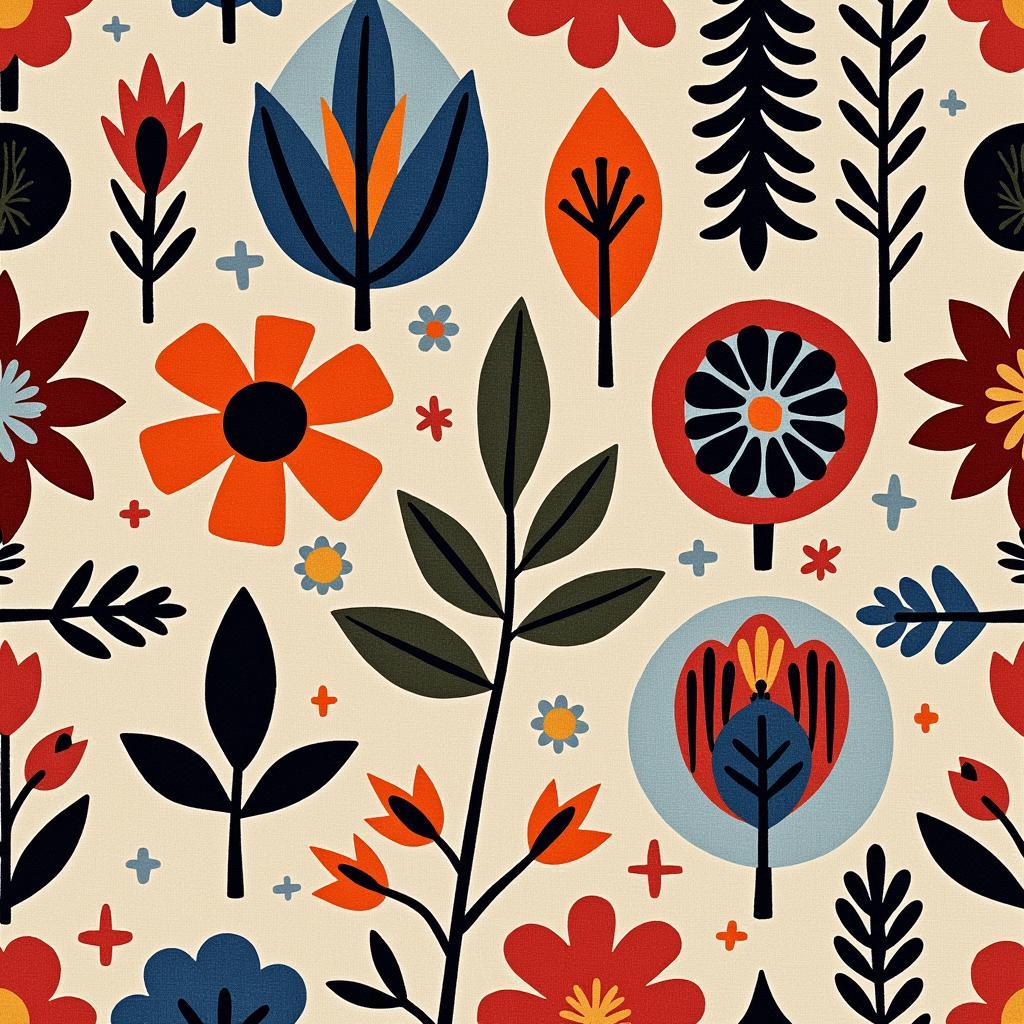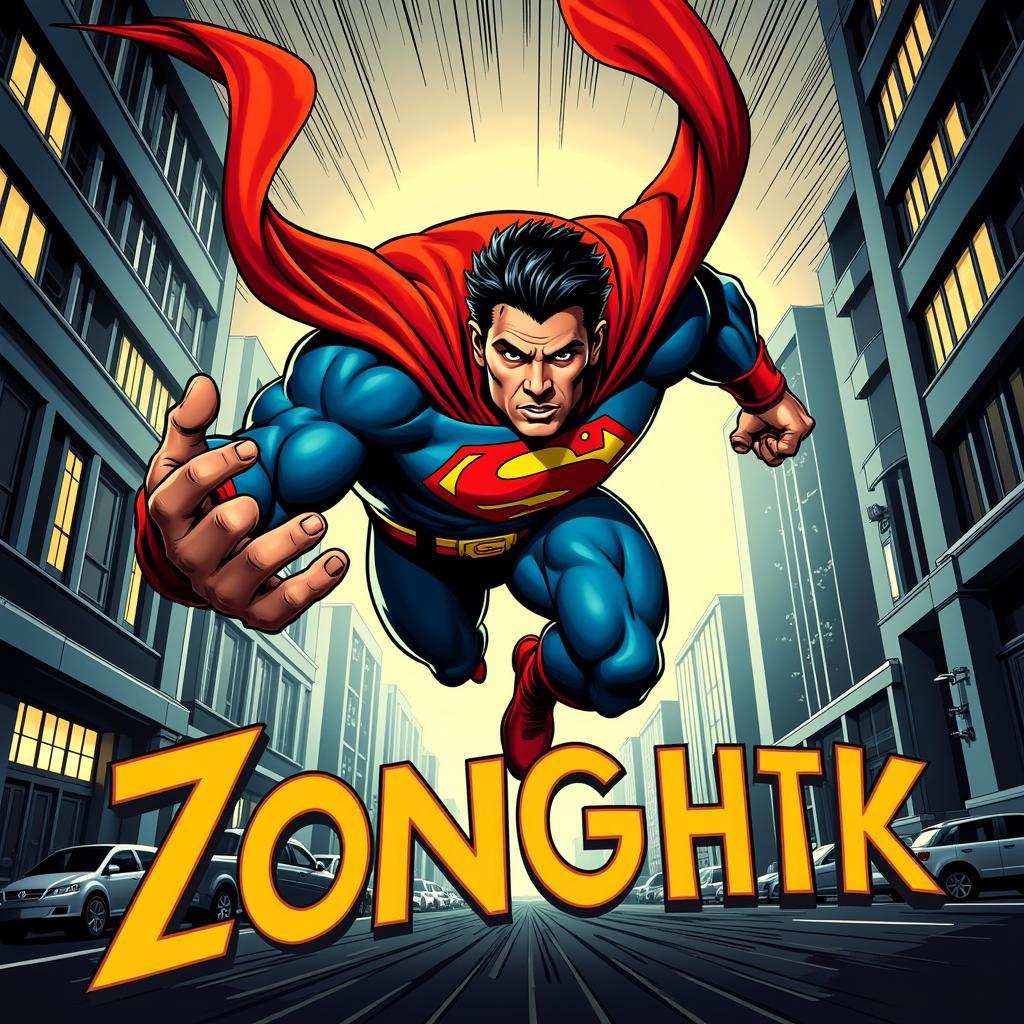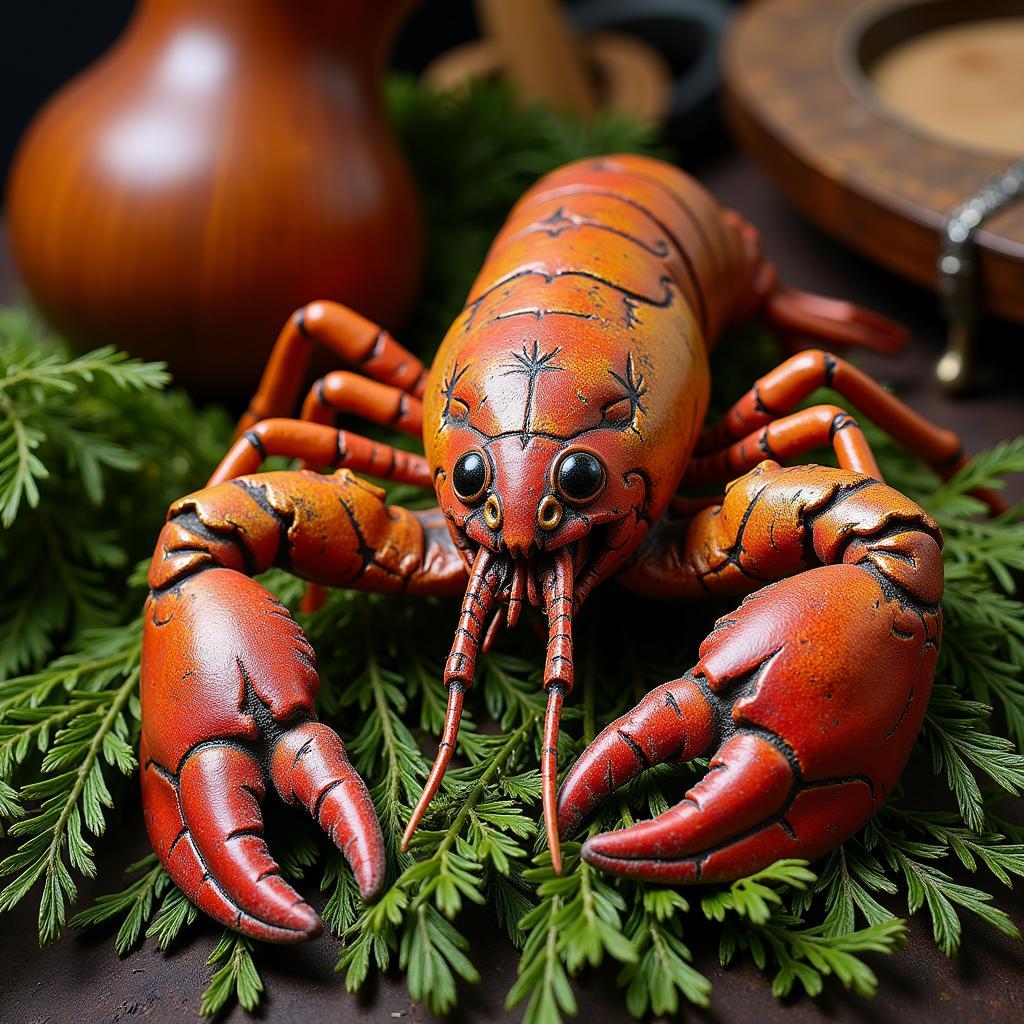Exploring the World of Folk Art Patterns
Folk Art Patterns are more than just pretty designs; they’re vibrant threads woven through the tapestry of human history. These patterns, passed down through generations, offer a glimpse into the soul of a culture, whispering tales of tradition, belief, and daily life. Whether you’re a seasoned artist or just starting to explore your creative side, the world of folk art patterns offers a rich source of inspiration and a fascinating journey into the heart of cultural heritage.
Unraveling the Meaning Behind the Motifs
One of the most captivating aspects of folk art patterns is their symbolism. Each swirl, shape, and figure often carries a deeper meaning, reflecting the beliefs, values, and stories of the people who created them. For example, in Scandinavian folk art, the eight-pointed star, or “Selburose,” represents good luck and prosperity, while the intricate knotwork patterns found in Celtic art symbolize the interconnectedness of life.
 Celtic Knotwork Patterns in Stone Carving
Celtic Knotwork Patterns in Stone Carving
Understanding the symbolism behind these patterns allows us to appreciate them on a deeper level, connecting us to the cultural narratives they embody. It’s like learning a new language, one where symbols speak volumes about the history and beliefs of a community.
A Global Tapestry: Exploring Different Folk Art Styles
From the bold, geometric designs of Native American pottery to the delicate floral motifs found in Japanese textiles, the world of folk art patterns is as diverse as the cultures from which they originate. Each region boasts its own unique style, reflecting its environment, history, and artistic sensibilities.
- Scandinavian Folk Art: Known for its minimalist aesthetic, Scandinavian folk art often features geometric patterns, stylized animals, and nature-inspired motifs in a limited color palette.
- Mexican Folk Art: Bursting with vibrant colors and intricate details, Mexican folk art patterns often feature religious iconography, mythical creatures, and scenes from everyday life.
- African Folk Art: Characterized by bold geometric shapes, abstract forms, and symbolic representations of animals and humans, African folk art patterns are often used in textiles, pottery, and body art.
By immersing ourselves in different styles, we open our eyes to new ways of seeing the world and expressing ourselves creatively. Exploring these global traditions allows us to appreciate the universal language of art while celebrating the unique beauty of each culture’s expression.
Bringing Folk Art Patterns into the 21st Century
While rooted in tradition, folk art patterns are far from static. Today’s artists and designers are finding innovative ways to incorporate these timeless motifs into contemporary creations, breathing new life into ancient designs. From fashion and home decor to graphic design and fine art, folk art patterns are experiencing a resurgence in popularity.
“Folk art patterns offer a timeless appeal,” says renowned textile designer Anya Sharma. “They carry a sense of history and tradition, yet they can be interpreted in fresh, modern ways. It’s about finding that balance between honoring the past and embracing the present.”
 Modern Textile Design Inspired by Traditional Folk Art
Modern Textile Design Inspired by Traditional Folk Art
Whether you’re drawn to the intricate details of Hungarian embroidery or the bold simplicity of Aboriginal dot paintings, there’s a world of inspiration waiting to be discovered. So, embrace the beauty of these timeless patterns and let them spark your own creative journey.
FAQs about Folk Art Patterns
1. What is the difference between folk art and fine art?
Folk art is traditionally created by untrained artists within a specific community, reflecting shared cultural values and aesthetics. Fine art, on the other hand, is typically produced by formally trained artists for aesthetic appreciation or personal expression.
2. Where can I find authentic folk art patterns?
Museums, cultural centers, and online databases dedicated to folk art are excellent resources. You can also find inspiration in antique shops, flea markets, and vintage textile stores.
3. How can I incorporate folk art patterns into my own artwork?
You can use folk art patterns as inspiration for your own designs, adapting and reinterpreting them in your chosen medium. You can also incorporate elements of these patterns into your work, such as using traditional motifs in a modern color palette.
4. Are there any copyright restrictions on using folk art patterns?
Copyright laws vary depending on the country and the specific pattern. In general, traditional folk art patterns that have been passed down through generations and are not attributed to a specific artist are often considered to be in the public domain. However, it’s always best to do your research to ensure you are not infringing on anyone’s intellectual property rights.
5. What are some contemporary uses of folk art patterns?
Folk art patterns are experiencing a resurgence in popularity in various fields, including fashion, interior design, graphic design, and even tattoo art. They are being used to add a touch of cultural heritage and timeless beauty to modern creations.
Need help with folk art patterns?
Contact us at Phone Number: 02462573573, Email: danteum@gmail.com or visit our address: Savico Megamall, 7-9 Đ. Nguyễn Văn Linh, Gia Thụy, Long Biên, Hà Nội 10000, Việt Nam. We have a 24/7 customer support team.


